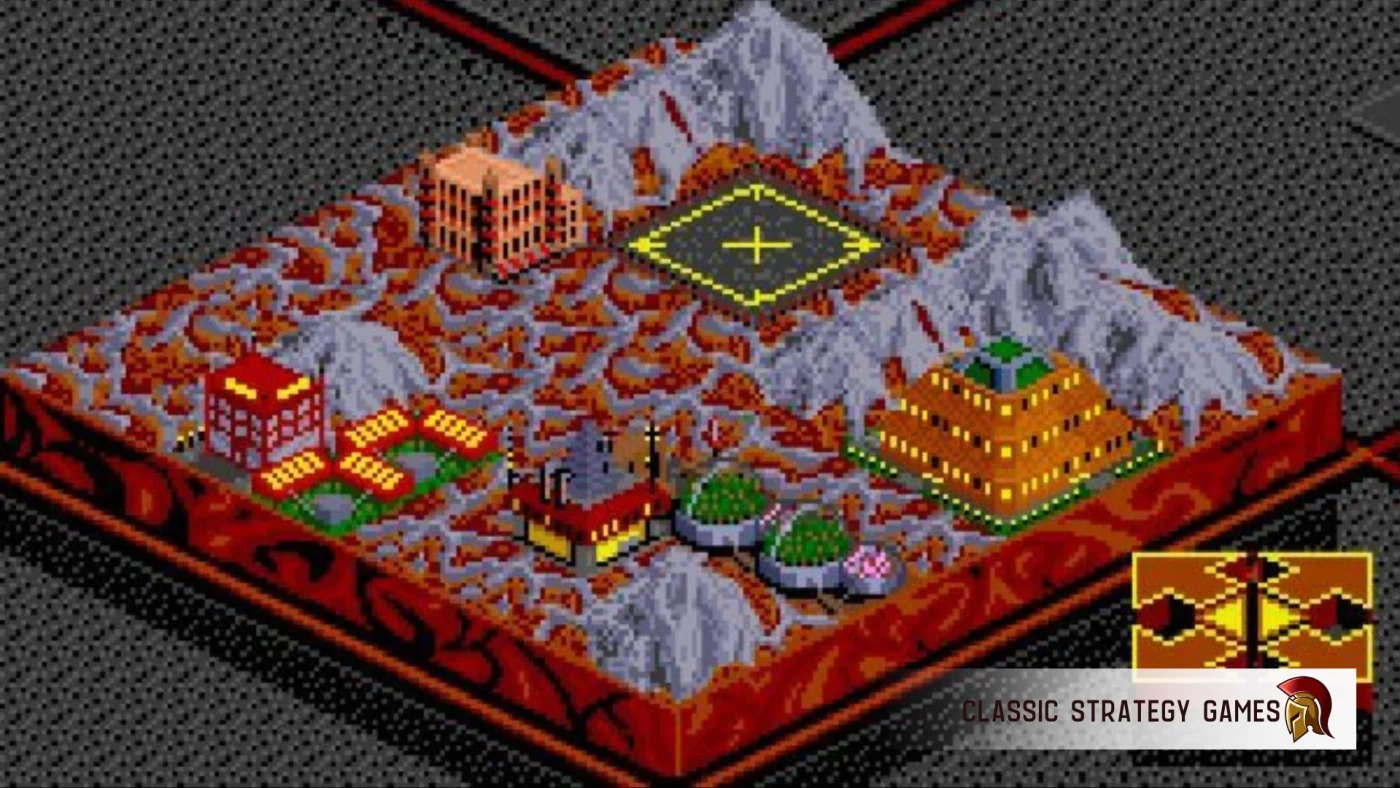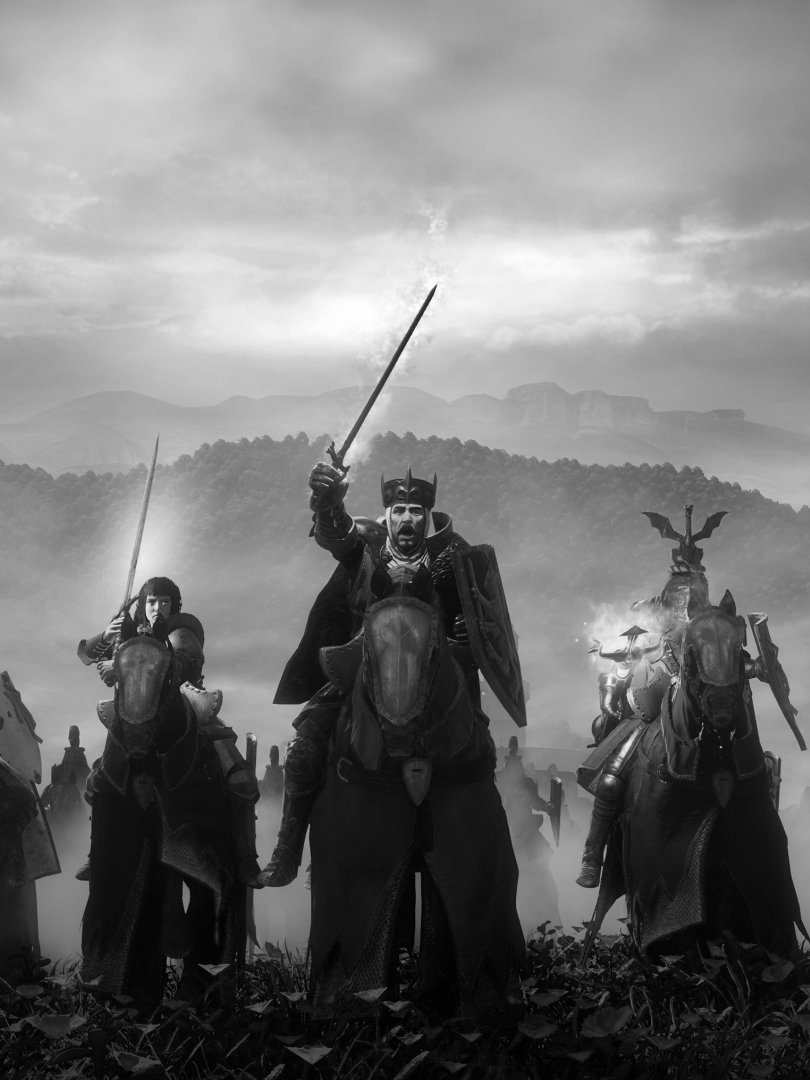Utopia: The New Worlds took everything the original Utopia: The Creation of a Nation did and threw in more planets, more problems, and more ways for things to go horribly wrong. Developed by Celestial Software and published by Gremlin Graphics in 1992, it wasn’t just a city-builder in space—it was a test of how well you could manage a colony while everything around you actively tried to kill it.
This was no serene SimCity experience. Sure, you had to plan infrastructure, manage resources, and keep your citizens alive, but the game never let you get comfortable. The New Worlds expanded the original concept with new planetary environments, each with its own set of challenges. A world might have extreme weather, limited resources, or be crawling with hostile alien forces. You weren’t just growing a futuristic metropolis; you were fighting the planet itself.
The premise was deceptively simple: start with a barren colony, grow it into something self-sustaining, and survive long enough to make it thrive. But it didn’t take long for the cracks to form. The moment you thought you had a grip on things, the game would throw another problem at you. Maybe your food production tanked because of a planetary storm. Maybe your power grid got overloaded and shut down key facilities. Maybe an alien fleet decided your colony looked like a soft target. Whatever the case, every new problem meant adjusting priorities, reallocating resources, and hoping you weren’t making things worse.
A Game of Hard Choices
Every decision mattered. Expanding too fast meant stretching resources thin. Focusing too much on the economy left you vulnerable to outside threats. Ignoring military defence was a quick way to get wiped off the map. The New Worlds pushed players to think long-term while constantly dealing with immediate crises. Tax rates, energy distribution, agriculture, industry—everything had to be balanced carefully. One mistake and an entire colony could collapse.
Unlike traditional city-builders, Utopia forced players to think in terms of survival rather than just expansion. A colony that looked strong on paper could fall apart if supply chains broke down or if one bad decision triggered a domino effect. The game rewarded careful planning, but it also forced players to stay reactive. No matter how well things were going, you were always one crisis away from disaster.
The planetary variety in The New Worlds made this even trickier. Some planets were resource-rich but prone to natural disasters. Others were stable but lacked key materials, forcing trade or aggressive expansion. Every new world presented a different puzzle, where previous strategies wouldn’t always work. This meant every playthrough felt different, demanding new approaches instead of letting players fall into a single optimal pattern.
A Universe That Didn’t Care About You
The New Worlds introduced dynamic events that kept every playthrough unpredictable. Maybe a meteor wiped out your power grid. Maybe an electrical storm fried your research facilities. Maybe an alien species decided your colony was a fine addition to their diet. Every game was a fight for survival, and every system had to be resilient enough to handle whatever disaster came next.
The AI played a much bigger role this time around. Rival factions weren’t just passive background elements, they were competing for dominance. If you weren’t building defences or keeping an eye on your borders, you’d quickly find yourself under attack. Unlike the first Utopia, where diplomacy was an afterthought, The New Worlds made it a central mechanic. Factions had their own goals, and while alliances were possible, trusting another colony too much could backfire when resources became scarce.
Military strategy was just as important as economic planning. You could build defensive structures, train forces, and invest in advanced weaponry, but war was expensive. A colony that overspent on defence would struggle to maintain growth, while a colony that ignored it would be an easy target. This constant tug-of-war between economy and security made every decision feel like a gamble.
Research and Progression
Technological advancements gave players more tools to deal with the chaos, but research wasn’t just about improving stats—it was about staying one step ahead of extinction. Prioritizing certain technologies changed how a colony functioned, forcing players to adapt to each world’s specific dangers.
New research could improve everything from food production to resource extraction, making colonies more efficient and resilient. Some technologies unlocked better defences, while others opened up diplomatic or economic advantages. Choosing the right research path was critical, as some advancements took time to develop, and by the time they were ready, an entirely different crisis might demand attention.
This gave the game a strong sense of progression. While early missions felt like exercises in barely scraping by, later stages gave players a sense of mastery—until the next catastrophe hit.
A Step Toward Bigger Things
The New Worlds didn’t change the genre, but it showed what was possible. The mix of city-building, real-time strategy, and survival mechanics pointed the way for games like Sid Meier’s Alpha Centauri and later space colony simulators. It wasn’t the most polished game of its time, but it had ambition, and it respected the player enough to let them fail spectacularly.
It wasn’t just about building a thriving colony—it was about keeping it alive long enough to matter. The best city-builders create a sense of attachment, where the success or failure of a settlement feels personal. The New Worlds accomplished this by making survival an active struggle rather than a given. Watching a colony go from a fragile outpost to a self-sustaining empire felt earned. On the flip side, watching everything fall apart due to one bad decision or an unexpected event was brutal—but rarely unfair.
For those who like their strategy games with a little more bite, The New Worlds is worth a look. It’s an artifact of early ’90s strategy design, full of rough edges and tough mechanics, but that’s exactly what makes it compelling. It’s a game that doesn’t hold your hand, doesn’t let you coast, and makes every victory feel like it was ripped from the jaws of defeat.


